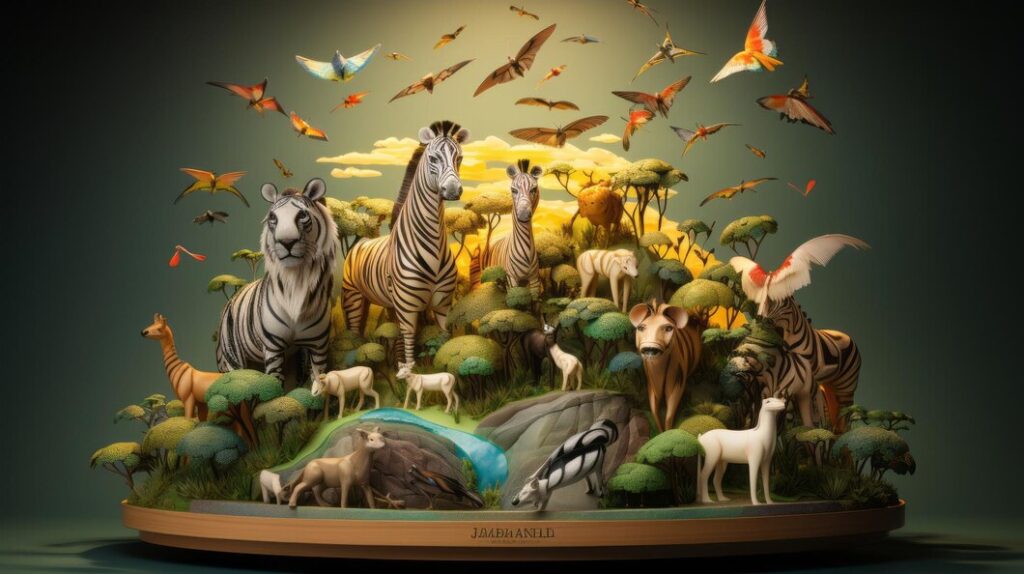The art of the zoo encompasses a diverse array of creative expressions that celebrate and immortalize the beauty and diversity of wildlife found in zoological settings. From intricate sketches and paintings to vibrant sculptures and immersive installations, artists around the world have drawn inspiration from zoo animals to create captivating works that evoke emotions, raise awareness, and foster a deeper connection with nature.
Exploring Artistic Mediums
Artists who draw upon zoological subjects often employ various mediums to bring their creations to life:
- Painting and Drawing: Artists use acrylics, oils, watercolors, and pencils to capture the essence of zoo animals. Detailed portraits of majestic lions, playful chimpanzees swinging through trees, or delicate hummingbirds sipping nectar illustrate the skill and dedication artists bring to their craft.
- Sculpture: Sculptors transform materials such as clay, bronze, and stone into three-dimensional representations of zoo animals. Sculptures can range from realistic depictions to abstract interpretations that emphasize movement and form.
- Photography: Wildlife photographers utilize advanced equipment and patience to capture intimate moments of zoo animals in their habitats. High-resolution images showcase the intricate patterns of a zebra’s stripes, the intensity in a tiger’s gaze, or the grace of a giraffe bending to drink from a watering hole.
- Mixed Media and Installations: Some artists integrate various materials and techniques, including digital art, collage, and installations, to convey messages about conservation, environmental impact, and human-animal relationships. These artworks often aim to provoke thought and inspire action to protect wildlife and their habitats.
Inspiration and Conservation
The art of the zoo serves not only as a means of creative expression but also as a powerful tool for conservation and education:
- Raising Awareness: Artistic representations of zoo animals can highlight their endangered status or draw attention to conservation efforts aimed at preserving their habitats.
- Educational Outreach: Zoos often collaborate with artists to create exhibits and programs that educate visitors about the importance of biodiversity, ecological balance, and responsible stewardship of natural resources.
- Emotional Connection: Art has the unique ability to evoke empathy and emotional connections with wildlife, fostering a sense of responsibility and appreciation for the natural world.
Zoos as Museums of Living Art
Zoos play a dual role as conservation centers and galleries of living art, where visitors can observe, appreciate, and learn about animals from around the globe. Through carefully curated exhibits, educational programs, and artistic collaborations, zoos provide opportunities for people of all ages to engage with wildlife in meaningful and impactful ways.
Challenges and Opportunities
While the art of the zoo celebrates the beauty of wildlife, it also faces challenges, including ethical considerations regarding animal welfare and the environmental impact of captivity. Artists and zoological institutions strive to balance artistic expression with ethical responsibilities, ensuring that their collaborations respect the welfare and natural behaviors of the animals depicted.
Conclusion
The art of the zoo celebrates the intersection of creativity, conservation, and appreciation for wildlife. Through paintings, sculptures, photography, and installations, artists capture the essence and diversity of zoo animals, inviting viewers to connect with nature on a deeper level. As advocates for wildlife conservation, artists and zoos collaborate to inspire stewardship and promote the protection of endangered species and their habitats, ensuring a legacy of respect and admiration for generations to come.







